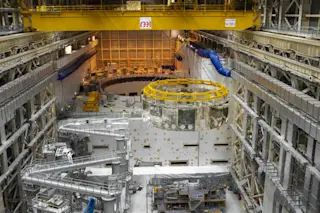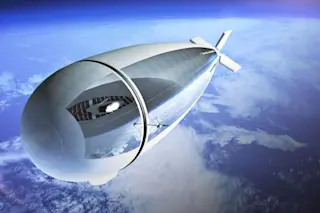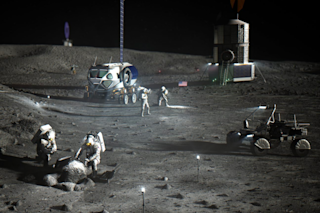This story was originally published in our Jan/Feb 2023 issue as "Fusion's Future ." Click here to subscribe to read more stories like this one.
The world’s largest nuclear fusion device, which is currently being built in France by a collaboration of 35 nations including the U.S., is expected to be completed by 2025. Known as ITER (International Thermonuclear Experimental Reactor), the experimental device is poised to demonstrate that fusion energy can be a viable energy source. New advances in fusion technology have dramatically increased its chances of success.
With nuclear fission, an atom is split in two, creating enormous energy. Fission powers today’s nuclear power plants (as well as atomic weapons). Fusion takes the opposite approach, fusing two atoms together, rather than ripping them apart.
Fusion is different from fission in other ways, as well. Fusion is relatively safe: It produces far less radioactivity and hazardous waste than fission. ...
















